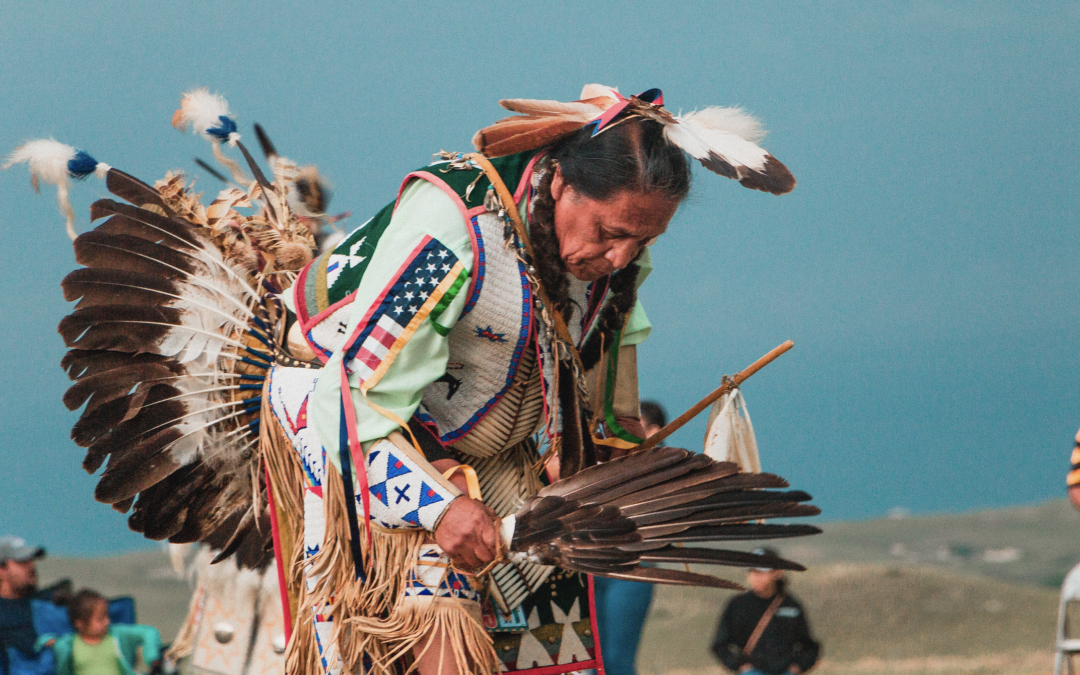Indigenous peoples and local communities (IPLCs) protect some of the most important ecosystems, conserve a vast majority of the world’s biodiversity and carbon storage, yet they have consistently been deprived of aid money for climate mitigation. IPLCs receive less than 1% of funding to address climate change.
Indigenous peoples and local communities received a lot of attention during COP26 the global climate change conference that brought parties together to discuss and take action against the climate crisis. The assertion that “Indigenous communities receive less than 1% of climate finance” was an important message before and during COP26. In response, $1.7 billion was pledged by several governments and private funders in support of Indigenous and local communities’ global contribution to conservation, biodiversity protection, and climate change relief. This pledge is the largest public-private commitment in history that will support Indigenous peoples and local communities. The United States, United Kingdom, Germany, Netherlands, Norway, and 17 private funders make up those who pledged $1.7 billion.
In early November, the Rainforest Foundation Norway published a report named “Falling Short,” which focused on donor funding for Indigenous peoples and local communities (IPLC) from 2011–2020. This report shines a light on how IPLCs with substantial tenure rights as well as management capabilities are some of the best forest and land managers due to their thousands of years of observation, making them experts in a vast array of disciplines relating to sustainability and conservation.
According to this report, climate mitigation aid is over $30 billion globally, every year but support to IPLCs for tenure and forest management adds up to only $270 million annually. On top of that, only a little over $46 million a year goes to projects that include IPLCs within the project description. Researchers found that 17% of the funding to IPLC tenure and management went to projects that include the name of an Indigenous or local community organization in the project implementation description, showing us that very few climate mitigation projects focus or even include Indigenous peoples or communities.
Over the span of ten years, $2.7 billion was expended for Intergovernmental Panel on Climate Change tenure and forest management. This $2.7 billion equals only 0.74% of total development aid explicitly allocated to address climate change.
OneNature knows that Indigenous peoples and local communities are crucial in climate conservation. It’s paramount that they are included and given the recognition and appreciation they deserve. Indigenous peoples make up less than 5% of the world’s population, yet they are responsible for protecting 80% of our global biodiversity. IPLCs possess first-hand experience and knowledge on conservation and sustainability that is invaluable and should be acknowledged by leading officials within the conservation sector. Governments and officials often fail to recognize the contributions of IPLCs to biodiversity conservation and ecosystem health. Including and valuing Indigenous peoples and local communities is vital to mitigate climate change successfully.
OneNature supports lifting Indigenous peoples and local communities’ experiences and voices to policy makers, and learning from and supporting them as they steward many of our worlds remaining wild places and wild species. Find out more about our Wild Happiness project that’s grounded in local community experiences here.
Photo credit: Andrew James via Unsplash
